Introduction: Chardonnay white wine
You can find Chardonnay as blends in our online store. Our range also includes numerous other white wines, rosé wines, red wines and sparkling wines. Lovers of high-proof spirits will also find an exquisite selection of digestifs in the shop.
If you are looking for a gift, we recommend the various tasting boxes from our gift service, for example, or a gift voucher, which gives the recipient a free choice in our online shop.
The most important facts about Chardonnay at a glance
- Chardonnay is one of the most important and popular grape varieties in the world and is cultivated on over 210,000 hectares. The white wine variety is known in the wine world as an all-rounder, as it can adapt very well to a wide range of climatic and site conditions. Accordingly, it can be found in cool, temperate and warm growing regions on both sides of the equator.
- It began its triumphal march from Burgundy, where there is a commune whose name is identical to the grape variety and to which the grape variety probably owes its name. Incidentally, the name was given at the wine-growing exhibition held in Lyon in 1872. Nowadays, the variety, which is prized for its diverse aromas and complexity, is just as at home in Australia, California, Argentina and Chile as it is in South Africa, Germany and Switzerland.
- The adaptability of the grape variety is also reflected in the stylistic diversity of the wines. Hardly any other variety reflects the terroir on which it grows as well as this grape. In addition, Chardonnay is vinified in steel tanks, as in Chablis with its Grand Cru vineyards, or in wooden barrels, also known as barriques, as in California, for example.
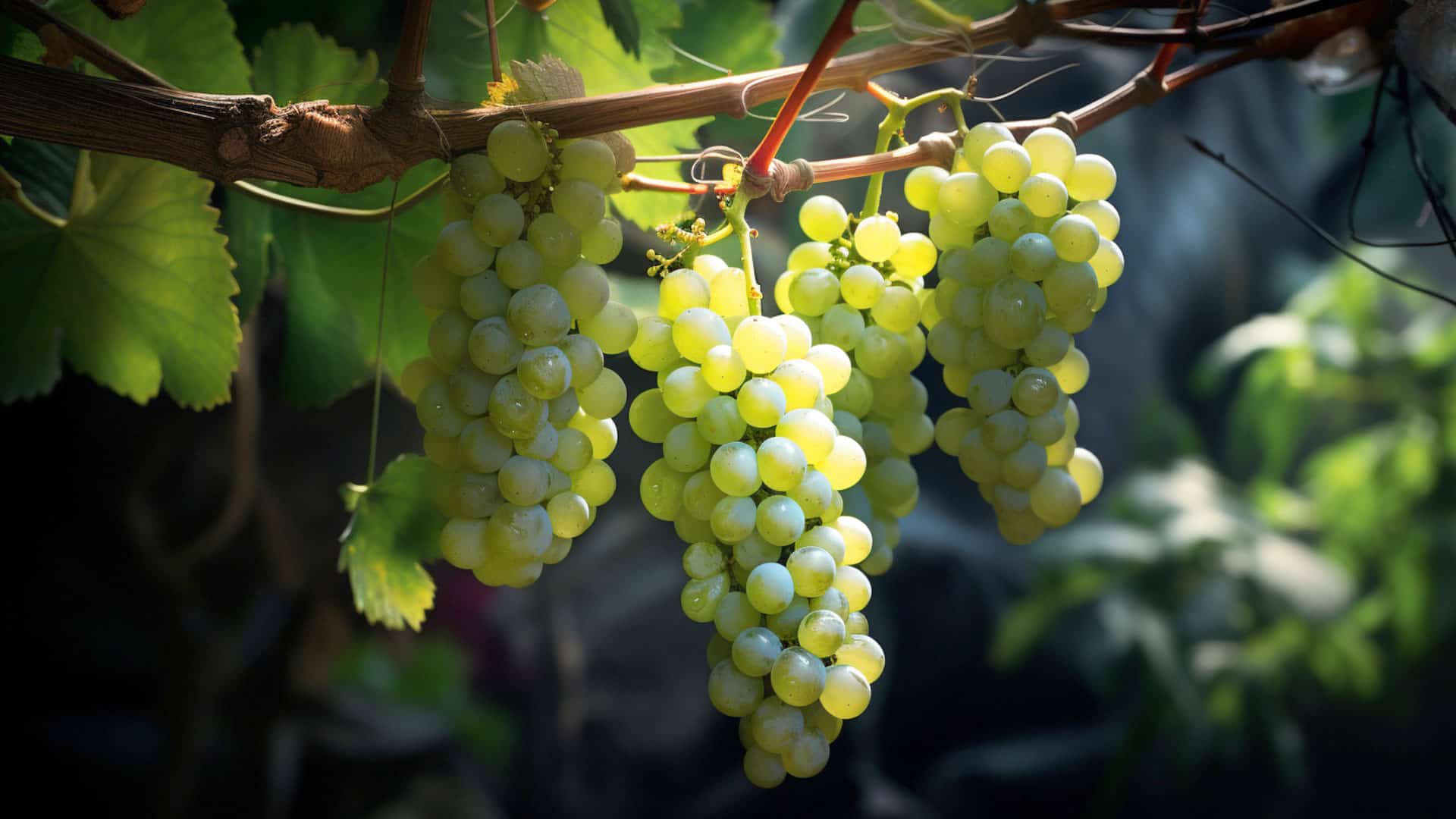
Origin, origins & significance of the Chardonnay grape variety
Origin
Chardonnay is a natural cross between Gouais Blanc and Pinot. The proportion of Pinot grapes in this cross cannot be specified in more detail, as the genetic differences between Pinot blanc, Pinot gris and Pinot noir are too small.
Origins
The variety was first mentioned in 1583 under the synonym Beaunois. The earliest reliable mention of the Chardonnay grape comes from the village of Saint-Sorlin, now known as La Roche-Vineuse, in the department of Saône-et-Loire. The variety originated in Burgundy and France.
Meaning & distribution
Chardonnay is grown all over the world and is considered by many to be an all-rounder. Chardonnay is the 5th most cultivated grape variety in the world, behind others such as Airén and Tempranillo. The variety is widespread worldwide and is known for its high quality and popularity. It is even the second most important grape variety among white wines.
The cultivated area of the variety is approx. 212,000 ha worldwide.
The adaptability of Chardonnay to different climatic and soil conditions makes this grape a favorite among winegrowers.
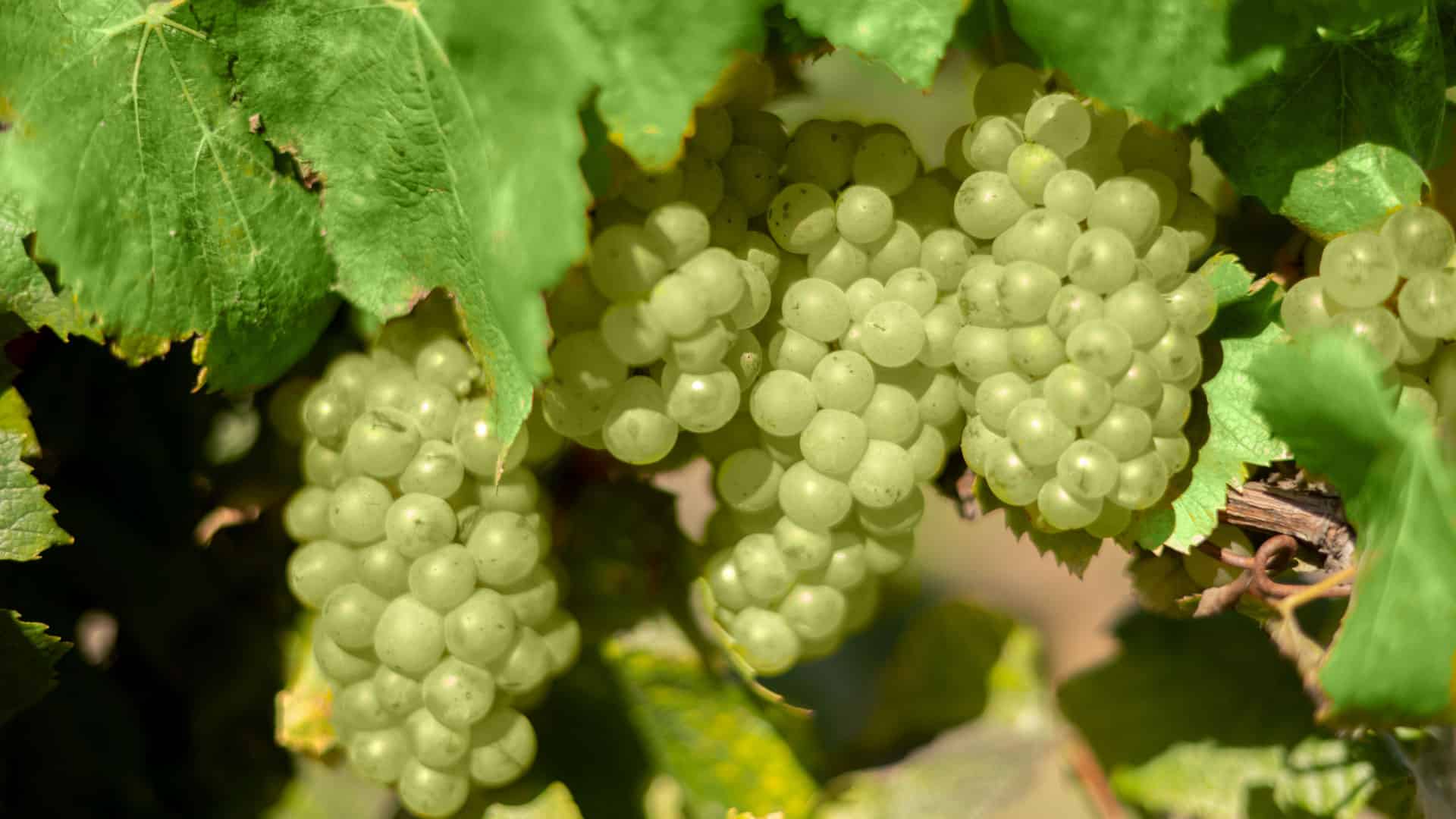
Synonyms of Chardonnay
There are 179 known synonyms for Chardonnay. In addition to the main name, the more well-known names beyond the region are Aligote, Chablis, Grosse Bourgogne, Meunier blanc, Pinot Bianco Chardonnay or Weisser Klaevner.
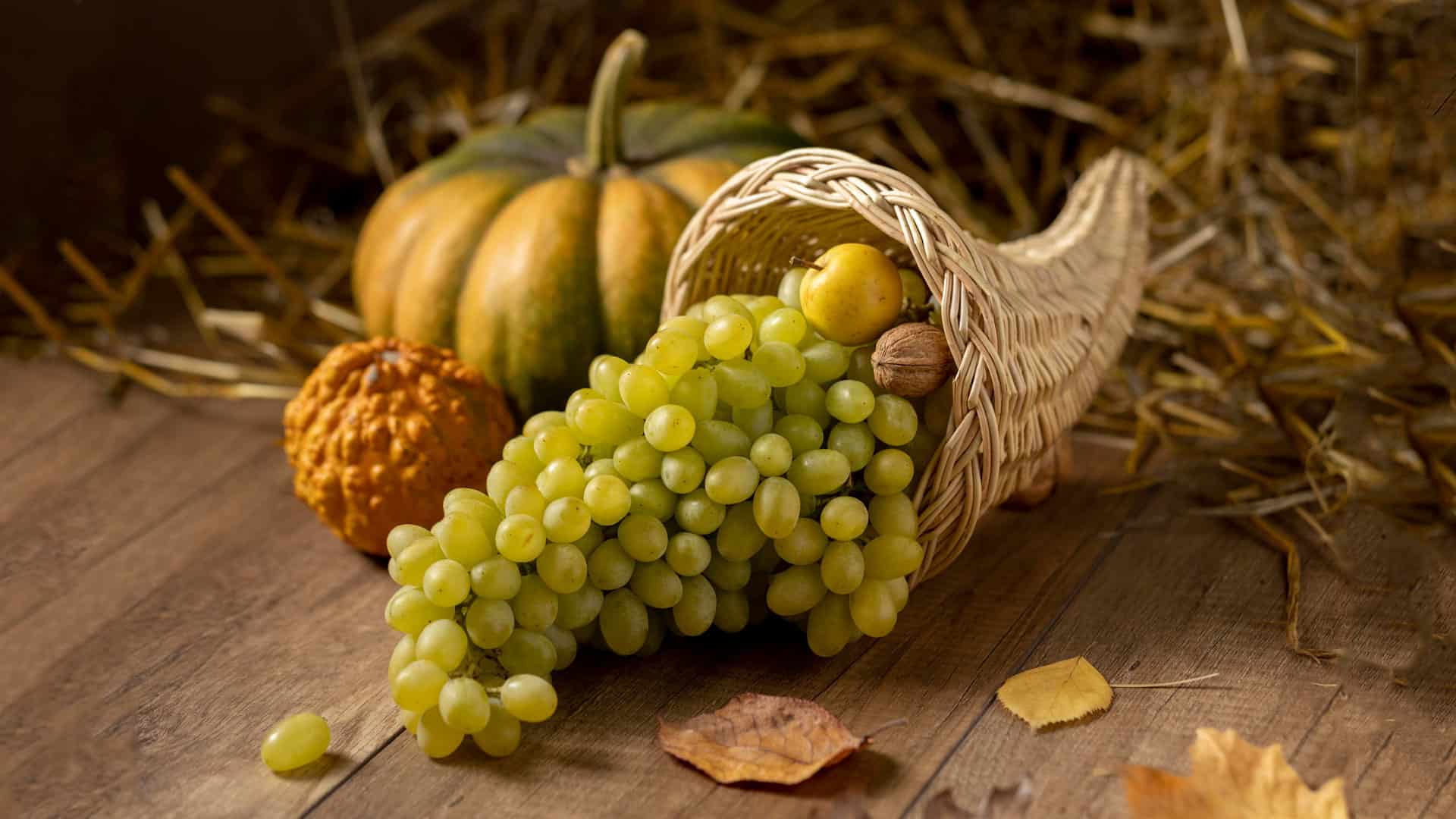
Characteristics of the Chardonnay vine: growth, maturity and yield
Growth
The berries are round to slightly oval, thin-skinned with soft berry flesh and have a greenish-yellow to amber color. The differences to Pinot Blanc are recognizable when the grapes ripen. Chardonnay ripens a little earlier and has looser grapes and the berries are greenish-yellow to amber in color. Pinot Blanc usually has denser clusters and berries that are green to yellow in color.
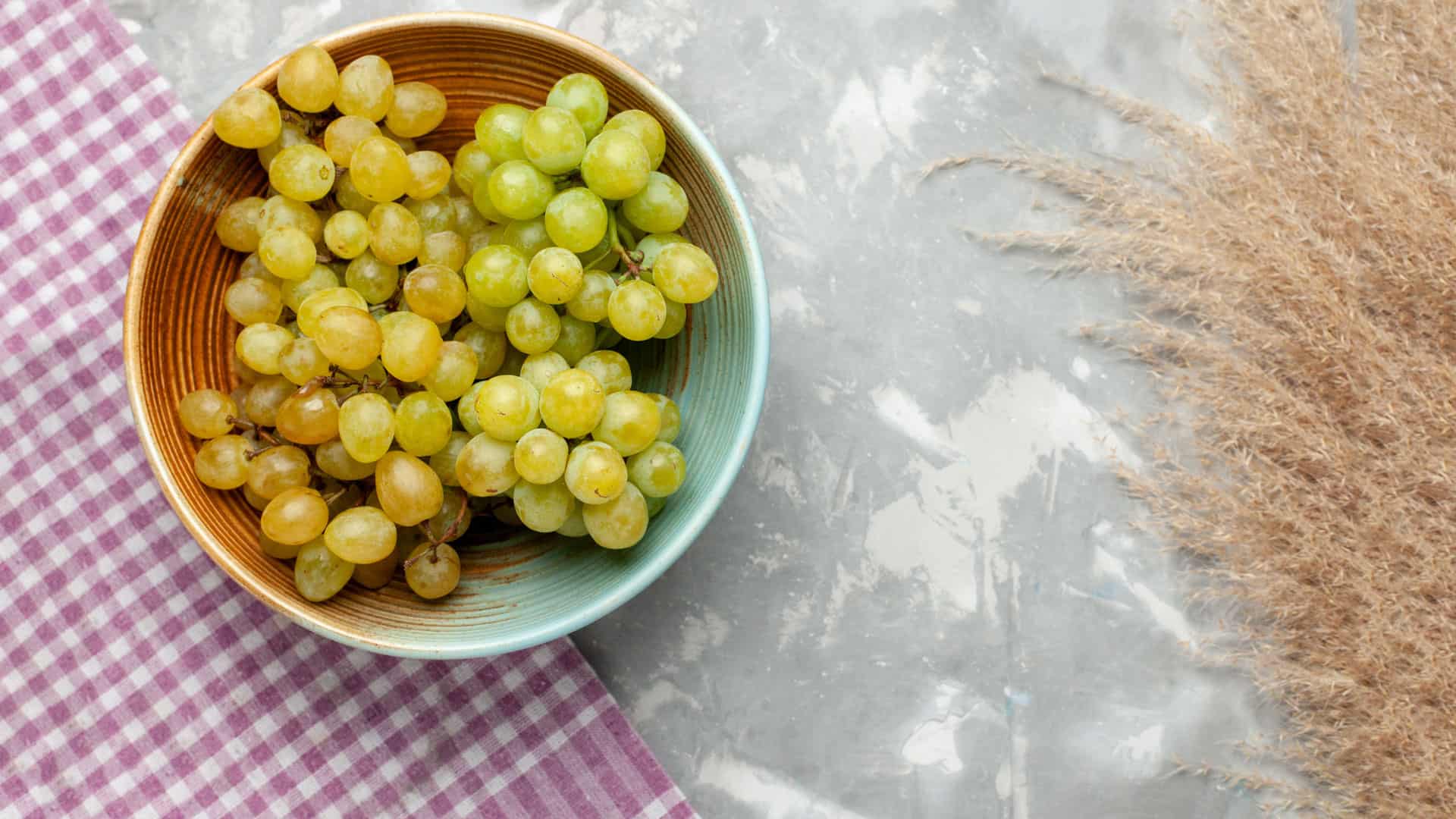
Maturity
Chardonnay is very similar to the Pinot Blanc and Auxerrois varieties. It ripens medium to medium-late but earlier than the Pinot Blanc grape. However, the variety has an unmistakable characteristic with its leaf tissue-free stem bay.
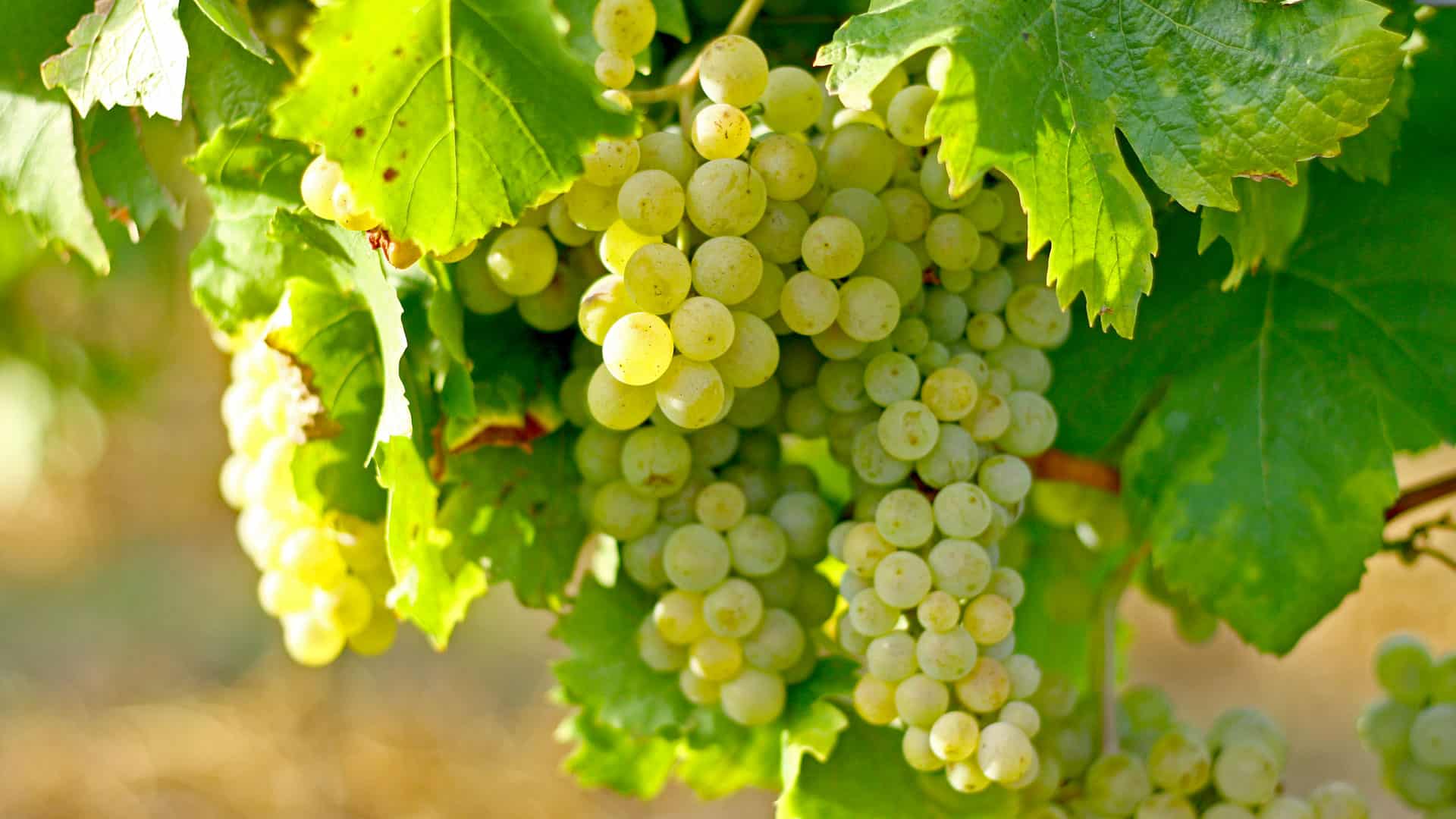
Yield and requirements
The Chardonnay grape variety, which produces medium-high and regular yields, is known for its strong growth and must therefore be regularly defoliated during the vegetation phase. For this reason, yield reduction is of great importance for top winegrowers in order to guarantee high wine quality.
The variety sprouts early, which makes it susceptible to frost, especially in cool regions such as Chablis, Burgundy and Champagne. Apart from this, Chardonnay is quite undemanding in the vineyard and thrives on all soils that are suitable for viticulture. It is only at the end of the ripening period that a susceptibility becomes apparent: when it rains, the thin-skinned berries tend to develop gray rot.
Choosing the optimal harvest time is therefore crucial, as the acidity is broken down quickly when fully ripe, which results in oily wines that appear flat and broad due to the low acidity if harvested too late. The best Chardonnay wines, on the other hand, are incomparable and unique: they impress with their rich fruitiness, impressive body and complex depth with a multitude of different nuances.
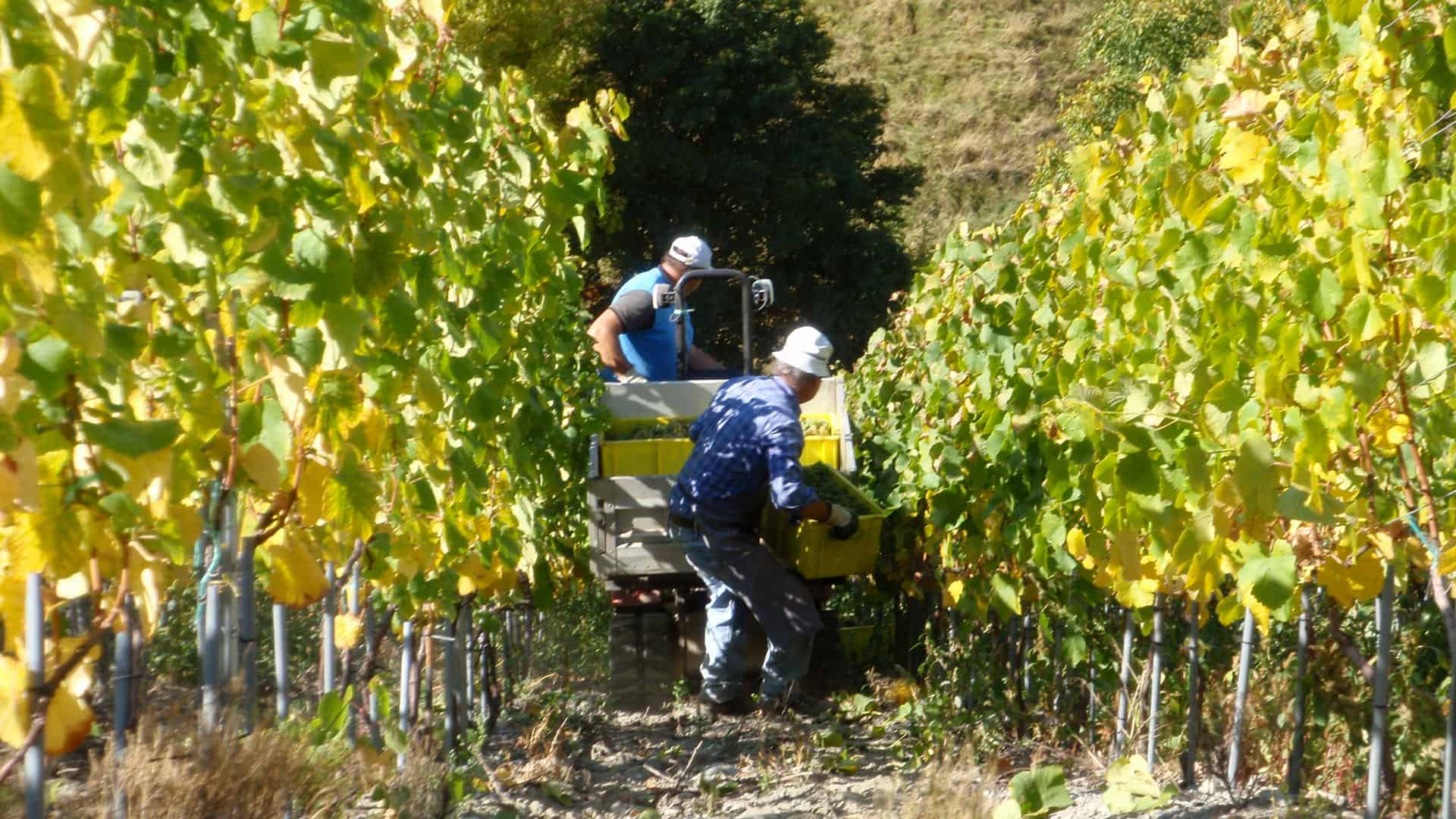
Taste profile of Chardonnay: Distinctive aroma and flavor, sweet on the palate with a long finish
In view of the worldwide distribution and stylistic diversity that the winemaker can ultimately produce in the glass, it is hardly possible to make a generalized statement about the taste profile. The Chardonnay grape variety is usually vinified dry and with a lean to full body. A medium to high acidity is just as typical of Chardonnays as the fact that this wine can develop aromas of hazelnut and mushrooms when stored for a long time.
Chardonnay wines: diversity and style
Chardonnay wine styles and sparkling wine
Chardonnay wines have a wide and varied spectrum of different aromas. The aroma and taste of Chardonnay wines are influenced by the location of the vine and the ageing process in the vineyard. Chardonnay wines can be fruity, mineral, complex and nutty. Even though Chardonnay is not very demanding in terms of soil, more complex varieties require a drier terroir that is deep, stony and calcareous.
It is undisputed that the flavor versatility of Chardonnay is highly appreciated by wine lovers all over the world. The variety is characterized by its minerality and freshness as well as its rich body and high extract content. Its aroma is less characteristic than that of Riesling or Gewürztraminer and is therefore often described as neutral.
Due to this characteristic, Chardonnay often benefits from ageing in small oak barrels, as the wood aromas and toasted notes complement the character of the variety and contribute to the complexity of the wine. Ageing in steel tanks emphasizes the acidity and minerality, while ageing in wooden barrels provides a fuller body and subtle notes of vanilla and smoke.
In Champagne, the Chardonnay grape variety, together with Pinot Meunier and Pinot Noir, is the third grape variety used in the production of champagne. Chardonnay can also be found in the Italian Franciacorta, although some Pinot blanc is also added here.

Influence of soil and climate on taste
Chardonnay clearly reflects the terroir – the climate, soils and geographical orientation of the vineyard. The adaptability of the Chardonnay grape variety to the most diverse terroirs is often regarded as the greatest secret of this grape variety.
Wines from this grape variety offer a diverse range of aromas, from not quite ripe apples in cooler regions to overripe gooseberries, melons, bananas and exotic fruits in warmer growing regions. Chardonnay is generally characterized by a friendly, warming and uncomplicated character. The wines are usually full-bodied, have a relatively high alcohol content and are full-bodied with a long finish. Depending on the growing region and ageing, Chardonnays can also have aromas of citrus fruits, apples and peaches, complemented by fresh herbal notes, hints of butter, vanilla or walnuts and a fine smoky spiciness. Very mineral variants of the grape variety often have a delicate to distinctly salty taste on the palate.
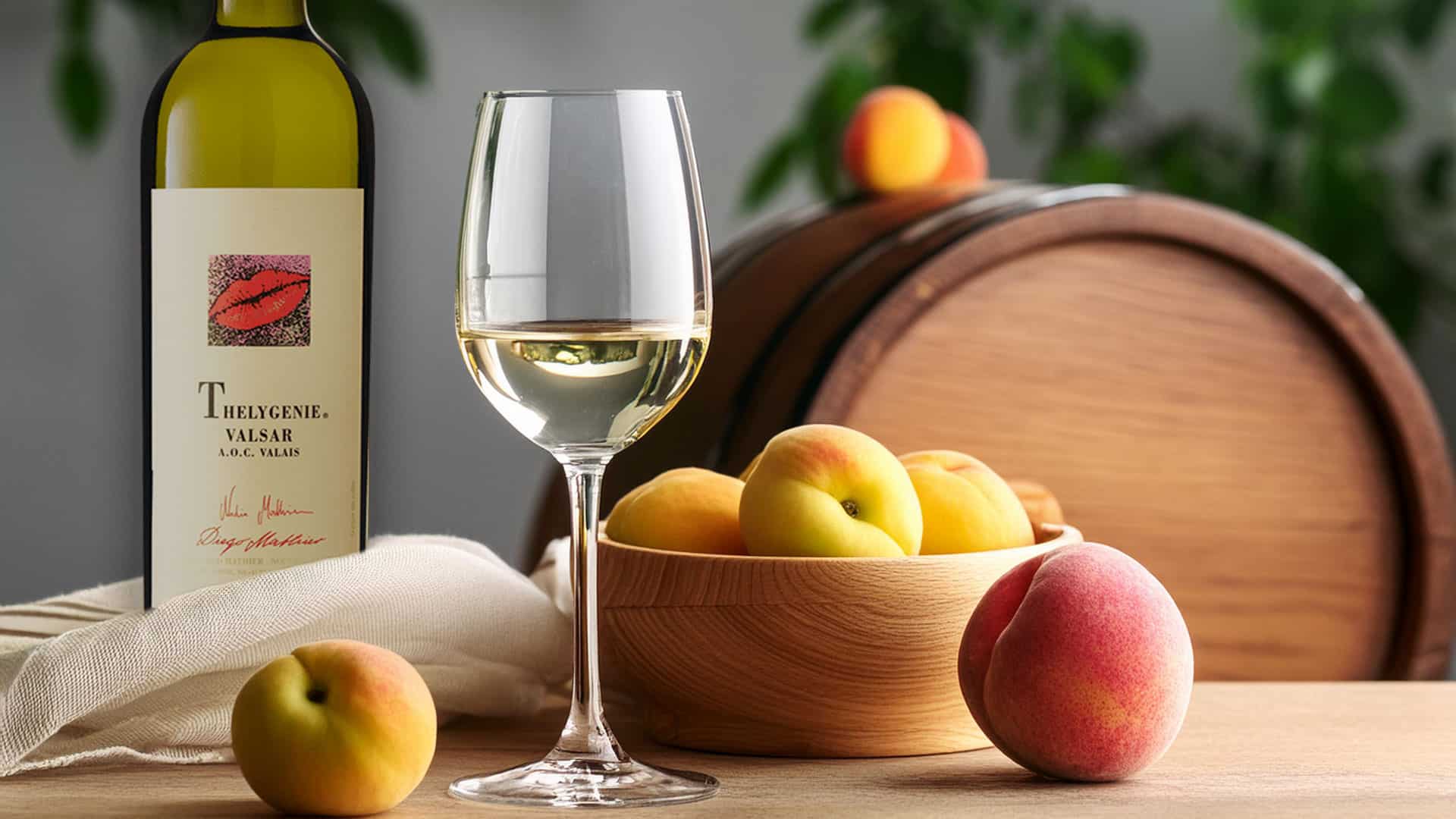
Chardonnay from barrique: Unique taste
Burgundy grape varieties such as Chardonnay, Pinot Blanc and Pinot Gris gain density and smoothness in barriques, which suits them particularly well and makes them versatile food companions. They linger on the palate for a long time and develop a deep complexity through so-called secondary aromas – aromas that develop during the winemaking process and give the wine additional richness alongside the primary aromas of the fruit.
Ageing in oak barrels gives these white wines a spicy, strong note, paired with a fine, creamy texture and the typical vanilla aroma rounds them off. However, it is important that the barrique flavor does not become too dominant and mask the finesse of the wine.
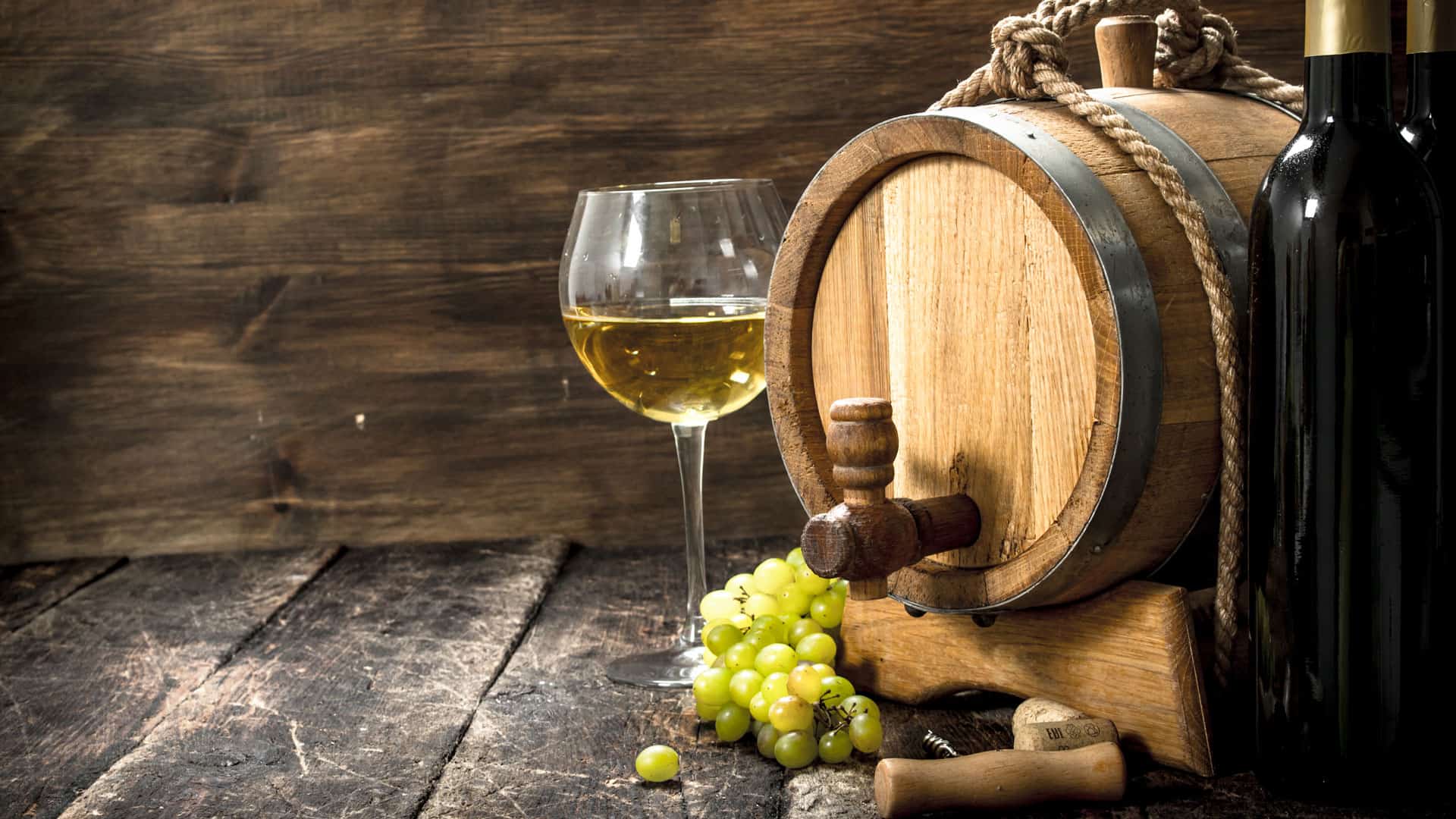
Chardonnay international: cultivation and production
Worldwide cultivation area of the Chardonnay variety
Together with Cabernet Sauvignon, Tempranillo, Airén, Syrah, Pinot Noir (Pinot Noir), Pinot Gris, Sauvignon Blanc, Trebbiano and Merlot, Chardonnay is one of the top 10 grape varieties grown in the world.
The largest area of vineyards in the world planted with the Chardonnay grape variety is still to be found in its home country of France.
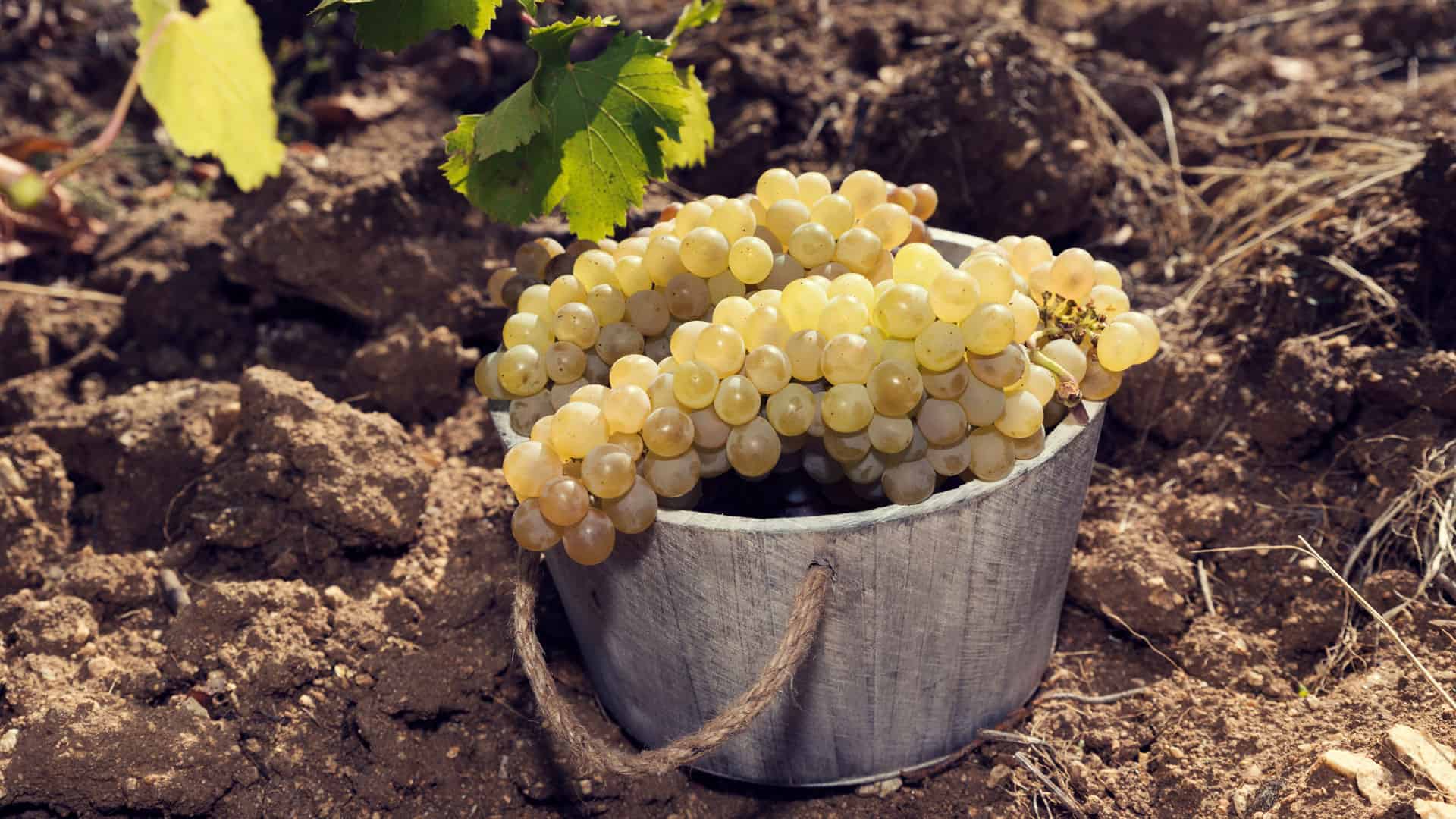
France: The home of Chardonnay
In France, 45,243 hectares are planted with Chardonnay (as of 2016). It is the second most widely cultivated white wine variety in France after Ugni Blanc.
Chardonnay from the Chablis
An important feature of this wine-growing region is its northern location with a cool climate, which gives the Chardonnay a pronounced acidity. This is often retained by the winegrowers in favor of the fruitiness of the wine. For this reason, the wines are almost exclusively matured in stainless steel tanks and do not undergo malolactic fermentation. The steely acidity, which is strongly influenced by the high proportion of malic acid, is a trademark of Chablis and gives this white wine its unmistakable taste and good longevity.
There are seven Grand Cru sites in Chablis where wines of the highest quality are produced. These sites, called Blanchots, Bougros, Les Clos, Grenouilles, Preuses, Valmur and Vaudésir, are located near the town of Chablis on a hillside above the River Serein. The terroir with its microclimate is known for giving the wines their unmistakable flint aroma.
Chardonnay from Burgundy
In Burgundy, the grape variety reaches its highest quality in the eight Grand Cru sites of the Côte d’Or where it is permitted for cultivation. These include Le Montrachet, Criots-Bâtard-Montrachet, Bâtard-Montrachet, Chevalier-Montrachet, Bienvenue-Bâtard-Montrachet, Charlemagne, Corton-Charlemagne and Le Musigny. The white wines from these vineyards are among the most prestigious, expensive and exclusive in the world and have long served as models for many winegrowers in the New World. These wines often have a higher alcohol content than other sites in Burgundy, often over 13% by volume, and are characterized by a rich aroma. The Grand Cru wines require several years of bottle ageing to develop their typical bouquet.
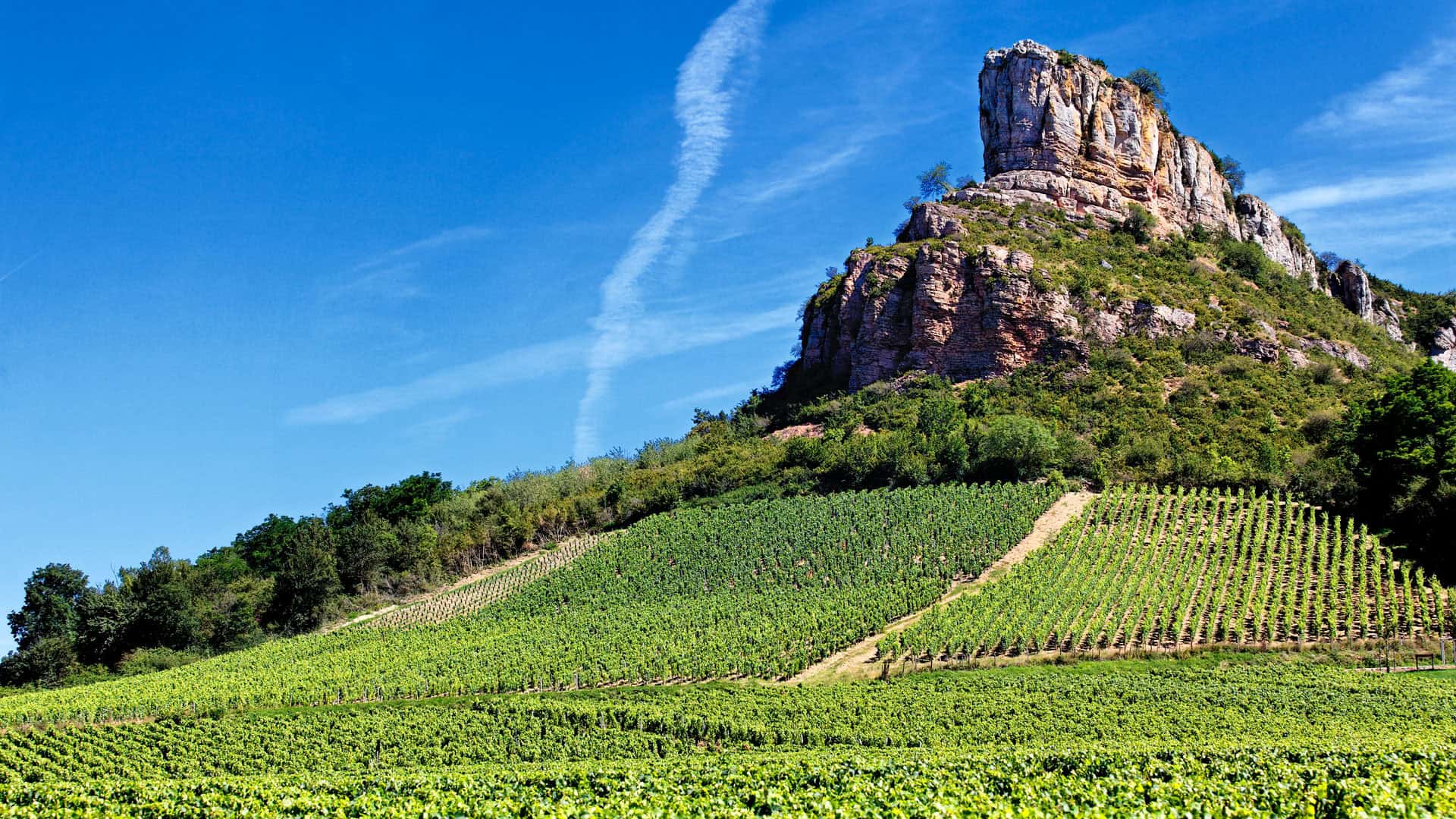
Other important growing regions: USA, Australia, Italy
With 41,000 hectares, California is the second largest Chardonnay growing region. Chardonnay is also grown very successfully in Australia – in 2016, the popular white wine was produced from 21,321 hectares of vines. Chardonnay is also very popular in Italy, where it is cultivated on almost 20,000 hectares of vineyards.
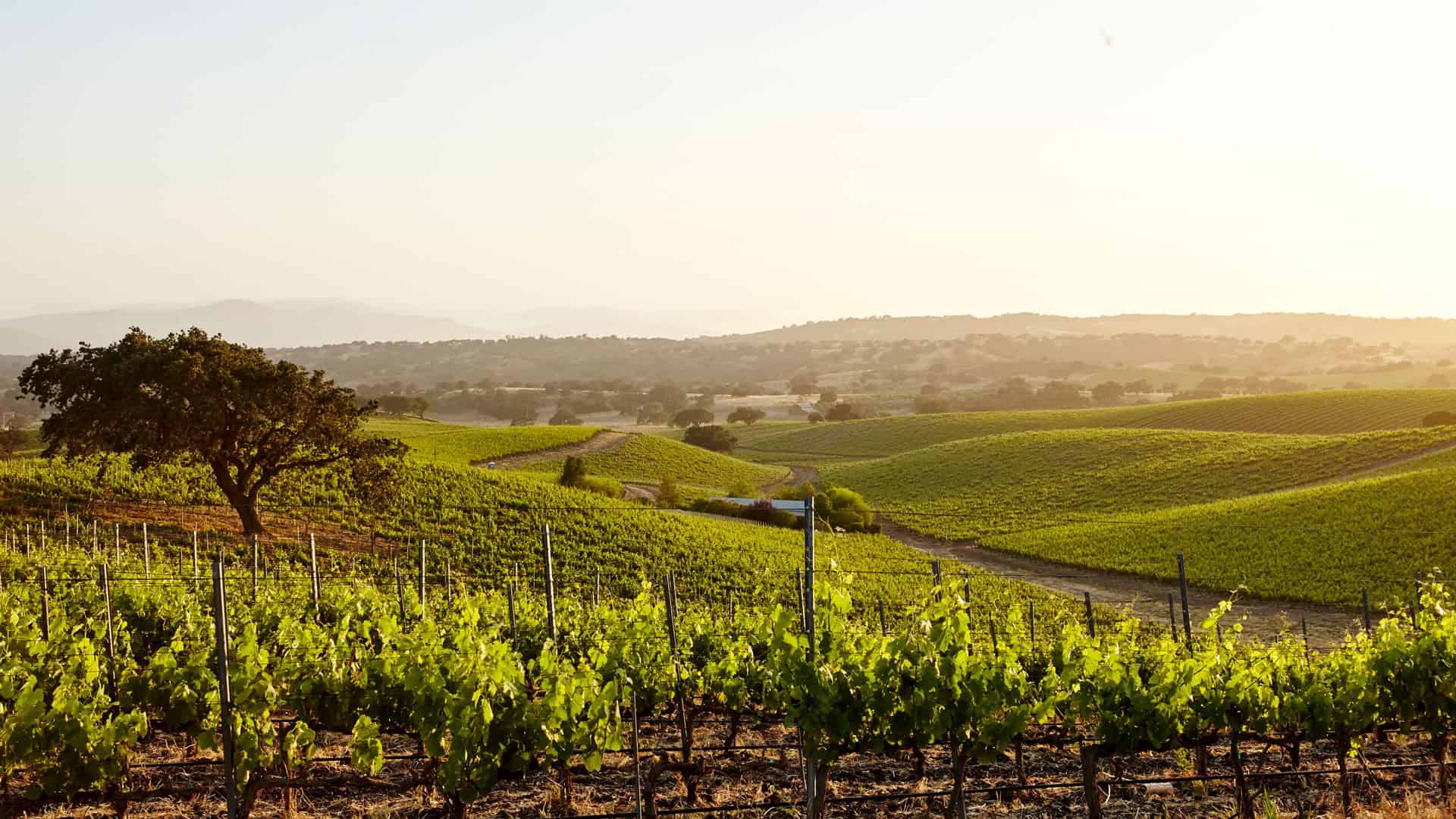
Chardonnay and food: The best combinations
What do Chardonnay wines taste like?
With its multifaceted, flavorful attributes, this grape variety goes well with a wide variety of dishes. Chardonnay is the culinary all-rounder of white wines, so to speak.
It shines when paired with white meat, fish or shellfish, but also goes excellently with focaccia, antipasti or gnocchi in sage butter. A young, fresh Chardonnay wine goes well with distinctive asparagus and also goes very well with hollandaise sauce. And Chardonnay wine is a wonderful aperitif wine, as it has a pleasant acidity.
In principle, Chardonnay, more than almost any other wine, should be served in the region from which the Chardonnay originates due to its stylistic diversity – depending on the respective terroir.
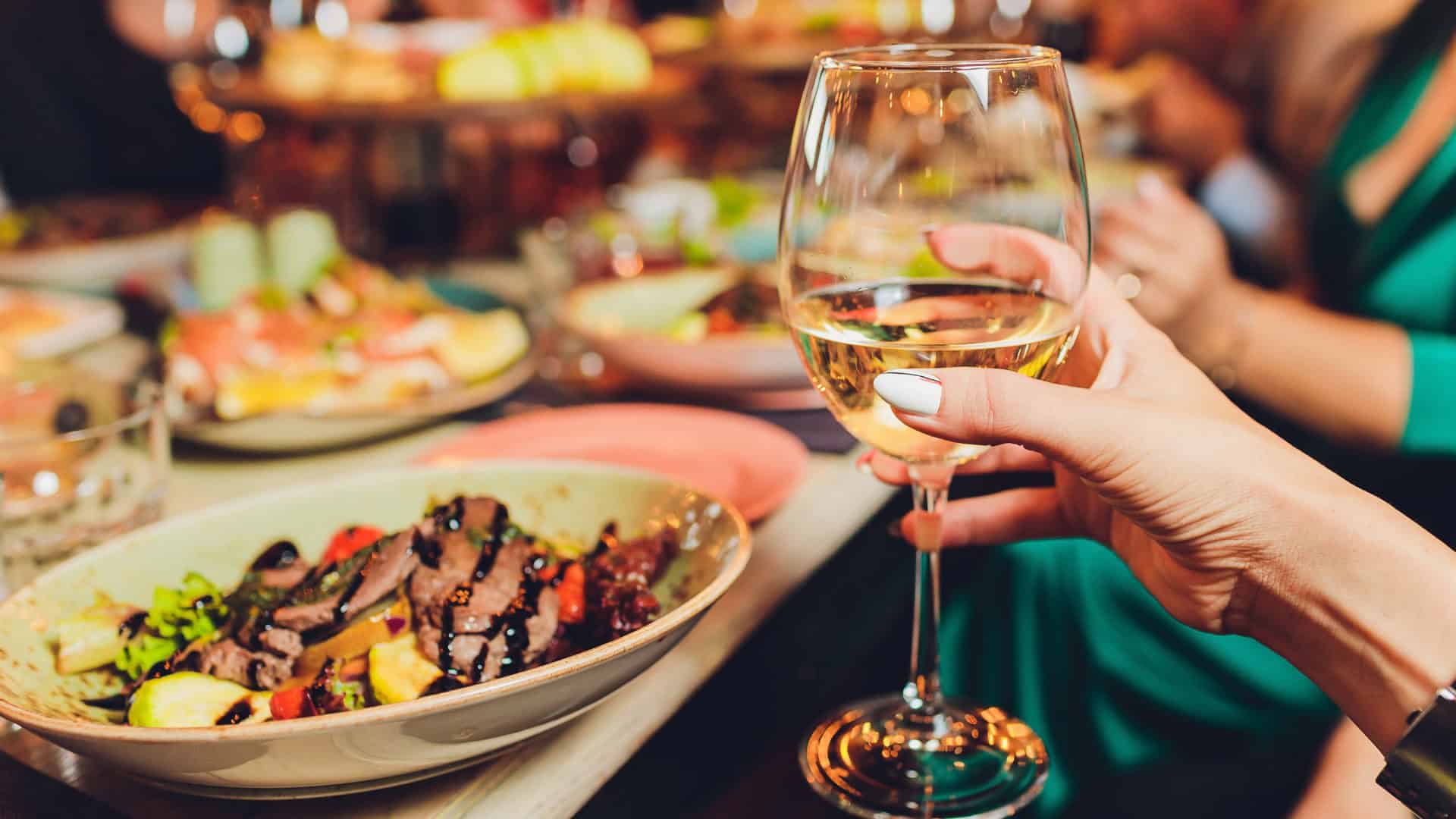
Interesting facts about Chardonnay
Here is an overview of important facts about the Chardonnay grape variety.
Is a Chardonnay dry or sweet?
Is Chardonnay dry? Chardonnay white wine is known for being almost exclusively dry.
What kind of wine is Chardonnay?
Chardonnay is a white grape variety that probably originated in the Near East and later spread to France, particularly Burgundy. Chardonnay has also been permitted in Germany since 1991 and has developed into a popular white wine that is successfully cultivated here.
What is the difference between Riesling and Chardonnay?
In contrast to varieties such as Riesling or Gewürztraminer, Chardonnay grapes do not have a pronounced taste of their own. On the other hand, Chardonnay wine reflects the character of the vineyard excellently and is well suited for ageing in barriques if the quality is high.
What is the difference between Chardonnay and Pinot Blanc?
To put it clearly: Chardonnay is a cross between Gouais Blanc and Pinot Noir, in German from Weisser Heunisch and Spätburgunder. Pinot Blanc, on the other hand, is a mutation of Pinot Gris.
What does Chardonnay taste like?
Chardonnay wines from Italy are typically light and fresh, with delicate apple and citrus aromas. Their taste is subtly mineral, with a pleasant finish. In contrast, Californian Chardonnay is known for its rich, creamy style, which includes aromas of tropical fruit, vanilla and caramel.
Is Chardonnay always sweet?
Chardonnay wines are typically dry, fruity and sometimes buttery or creamy. However, the degree of sweetness depends on the ripeness of the grapes at harvest and can also be influenced by winemaking techniques such as ageing in oak and malolactic fermentation.
Is Chardonnay suitable for a cuvée with Grüner Veltliner?
Chardonnay is an excellent partner to other grape varieties in many cuvées. These can be Pinot blanc, Grüner Veltliner, but also, as with Champagne, Pinot meunier and Pinot Noir.

